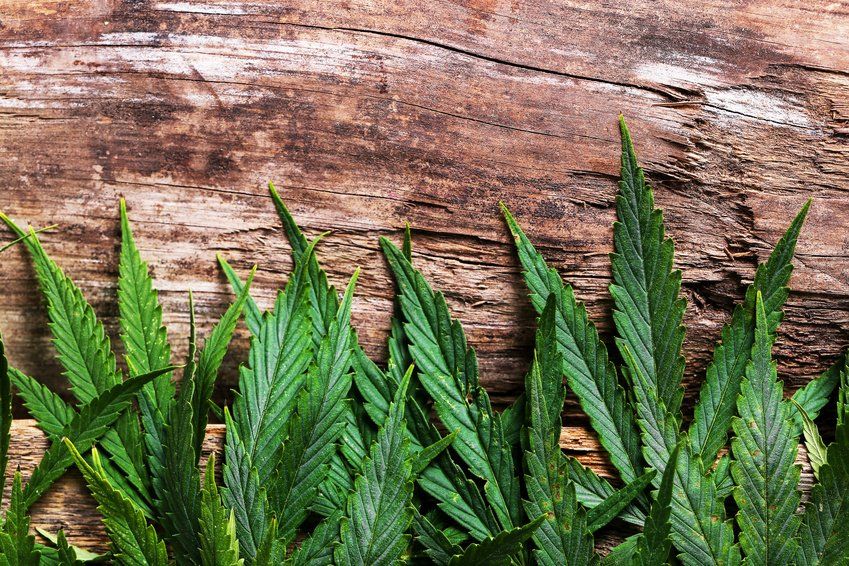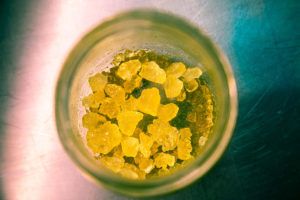Weather, genetics hurting some farmers
An early frost, unpredictable genetics and a lack of experience in hemp farming is making nearly half of the hemp seeds planted in spring unusable, according to an industry expert.
Matt Cyrus, a hemp grower in Sisters, believes the steep learning curve on growing hemp is catching up to many farmers, and weather has played a significant part.
“There’s some genetic issues and inexperience in raising hemp. And frost can be critical — temperatures have fallen to the teens and that did a lot of damage to crops in Central Oregon,” said Cyrus, who grows 100 acres of hemp with his father, Keith Cyrus. He added that 40% to 50% of this year’s crop will be lost to the combination of problems.
Hemp has exploded as a cash crop across Oregon, with 62,000 acres planted this year, a 464% increase compared to a year ago. But as more farmers switch their fields over to hemp from more traditional crops such as hay and alfalfa, many are finding stumbling blocks that are ruining investments.
“It’s a high-risk, high-reward crop,” said Cyrus, who also serves as the Deschutes County Farm Bureau president. “Some people with no experience are learning that farming hemp isn’t easy. You have to understand it to do a good job with it.”
Getting the genetics right is a big challenge for hemp farmers.
Seeds from other parts of the country may not grow well in Central Oregon and do not mature in this area’s short growing season.
“It takes years to develop stable, clean, high-performance regional genetics,” said Brian Smalley, chief operating officer and co-founder of Freedom Hemp Co., a Culver-based hemp supplier.
Despite the setbacks, Oregon will harvest more hemp than ever. But that presents another problem — finding a market for harvested hemp.
“There’s a bottleneck on the processing side. There are guys that spent $2 million to plant their crop and $500,000 to harvest hemp into sacks, but they don’t have anywhere to process it,” Smalley said.
The largest facilities in Central Oregon can process a maximum of 10,000 pounds of hemp per day — far short of demand, Smalley said. In response to the processing shortage, Freedom Hemp is planning to build a factory in Prineville that will process 100,000 pounds per day.
Some of the hemp that cannot find a processor sits in bags until it can find a buyer. When an oversupply occurs, prices drop, said Cyrus. Oregon farmers have seen that first hand in recent years, with prices falling to around $10 to $15 for a pound of hemp biomass. When the market first opened up in 2015, those who got in early were selling their hemp for $100 per pound.
More could be coming to the market next year, with 1,952 hemp growers now registered in the state, according to the Department of Agriculture. Oregon had 584 growers last year. The number of grow sites this year reached 5,990 compared to 1,141 a year ago.
The desire to grow more hemp is being fueled by a boom in the market for products containing cannabidiol (CBD) oil, which is primarily used to relieve pain caused by certain medical conditions. Increasingly, CBD oil is being added to waters, teas, gummies and chocolates, among other edible products. Coca Cola and Ben & Jerry’s are two big name brands exploring CBD as an additive to their products.
Despite the challenges in the unpredictable market, Cyrus believes the industry will continue to widen as new buyers of CBD products embrace its reported benefits.
“Old cowboys buy our capsules, and it makes their aches and pains go away. It’s highly effective for Parkinson’s and helps with Alzheimer’s,” he said. “It gives you a feeling of calm and well-being. There’s a market for this.”




